Home>Interior Design>Bedroom Decluttering Rules: 9 Steps Professionals Swear By
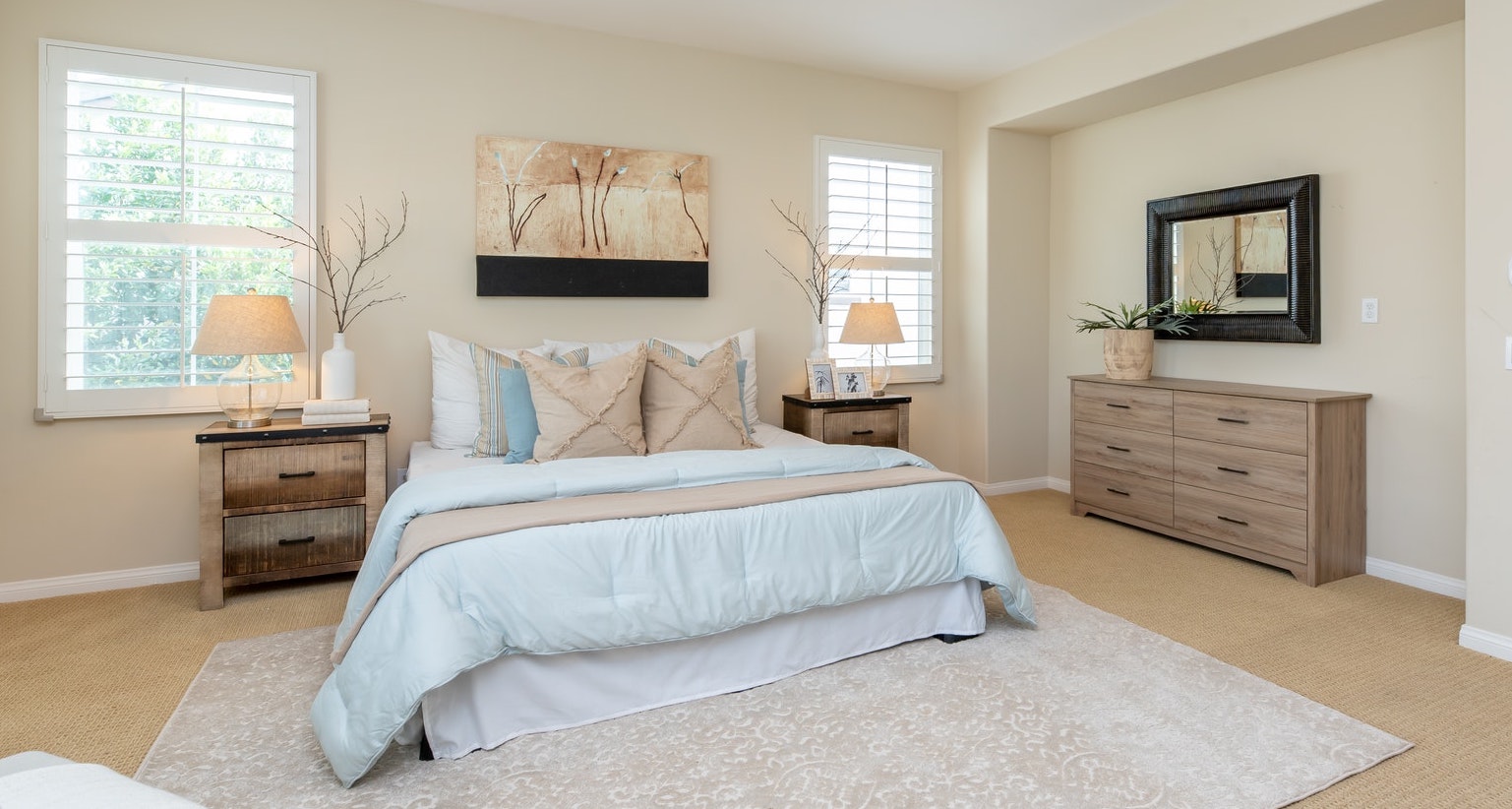

Interior Design
Bedroom Decluttering Rules: 9 Steps Professionals Swear By
Modified: January 19, 2024
Discover the ultimate bedroom decluttering rules that interior design professionals swear by. Follow these 9 steps to transform your space and create a calming oasis.
(Many of the links in this article redirect to a specific reviewed product. Your purchase of these products through affiliate links helps to generate commission for Storables.com, at no extra cost. Learn more)
Bedroom Decluttering Rules: 9 Steps Professionals Swear By
Having a cluttered bedroom can create a sense of chaos and unease, making it difficult to relax and unwind. Fortunately, with a little guidance and some decluttering tactics, you can transform your bedroom into a peaceful sanctuary. In this article, we will explore nine essential steps that professionals swear by to declutter and organize your bedroom effectively.
Key Takeaways:
- Set clear decluttering goals to prioritize and stay focused. Tackle small tasks first and maintain a serene bedroom by regularly reassessing and organizing.
- Gather essential supplies and start with small tasks to declutter your bedroom effectively. Create a relaxing atmosphere and maintain your clutter-free space for improved sleep and peace of mind.
Step 1: Set Your Decluttering Goals
Before diving into the decluttering process, it’s essential to set clear goals. Ask yourself what you hope to achieve by decluttering your bedroom. Are you looking to create a more serene environment, maximize storage space, or simply get rid of unnecessary items? Defining your intentions will provide focus and motivation as you embark on the decluttering journey. Additionally, prioritize the areas that require the most attention, such as closets, dressers, or under the bed.
Step 2: Gather Supplies
To declutter efficiently, gather the necessary supplies. These can include garbage bags for trash, bins for donations, and boxes for items that belong elsewhere in your home. Additionally, organizational aids like drawer dividers, storage baskets, and labels can help you sort and categorize your belongings effectively.
Step 3: Start with Small Tasks
When beginning the decluttering process, it’s best to tackle smaller tasks first. Start by clearing cluttered surfaces such as nightstands and dressers. Remove any items that don’t belong in the bedroom or serve a purpose. As you see progress in these small areas, it will motivate you to continue decluttering the rest of the room.
Step 4: Declutter Your Wardrobe
One of the major clutter contributors in a bedroom is an overflowing wardrobe. Sort through your clothes, shoes, and accessories, and be honest with yourself about what you truly need and wear. Consider donating or selling items that no longer fit or align with your style. By downsizing your wardrobe, you will create more space and make getting dressed in the morning a breeze.
Step 5: Organize Your Closet
Once you’ve decluttered your wardrobe, it’s time to organize your closet. Implement an efficient storage system that works for you. This can include using hangers, shelving units, or closet organizers to maximize space and accessibility. Categorize your clothes based on type, season, or color to make it easier to find what you need.
Step 6: Clear Out Cluttered Areas
Next, address cluttered areas in your bedroom that often get overlooked. Clean out corners, under the bed, and any storage spaces, such as ottomans or benches. Remove items that are not essential or regularly used. This will not only create a more organized space but also make cleaning routines more manageable.
Step 7: Streamline Your Furniture
Assess the functionality and necessity of your bedroom furniture. Remove any bulky pieces that take up unnecessary space or serve no practical purpose. Streamlining your furniture will make your bedroom feel more spacious and open, promoting a sense of calm and tranquility.
Step 8: Create a Relaxing Atmosphere
Incorporate elements of minimalism and simplicity to create a relaxing atmosphere in your decluttered bedroom. Choose calming colors and textures for your bedding and curtains. Limit decorative items and keep surfaces clear to reduce visual clutter. A clutter-free space with a soothing ambiance will promote better sleep and relaxation.
Step 9: Maintain and Sustain
Finally, establish daily habits to prevent clutter from re-accumulating in your bedroom. Take a few minutes each day to put items back in their designated places. Regularly evaluate and reassess your bedroom’s organization to make sure it continues to meet your needs. By maintaining your newly decluttered space, you can enjoy the benefits of a serene and organized bedroom for years to come.
Decluttering your bedroom may initially seem like a daunting task, but by following these nine steps professionals swear by, you can transform your space into a clutter-free haven. Improved sleep quality, increased productivity, and a peaceful state of mind await you on the other side of the decluttering process.
Key Takeaways:
- Set clear decluttering goals to prioritize and stay focused. Tackle small tasks first and maintain a serene bedroom by regularly reassessing and organizing.
- Gather essential supplies and start with small tasks to declutter your bedroom effectively. Create a relaxing atmosphere and maintain your clutter-free space for improved sleep and peace of mind.
Step 1: Set Your Decluttering Goals
Before you embark on the journey of decluttering your bedroom, it is essential to set clear goals. Defining your intentions will give you direction and motivation as you tackle the clutter. Take a moment to think about why you want to declutter and what you hope to achieve by doing so.
Are you looking to create a more peaceful and calm environment in your bedroom? Do you want to maximize the storage space to make it more functional? Or perhaps you simply want to get rid of unnecessary items and create a more streamlined and organized space.
Once you have a clear understanding of your goals, you can start prioritizing the areas of your bedroom that need decluttering. This will prevent you from feeling overwhelmed and help you stay focused during the process.
Take a look around your bedroom and identify the areas that require the most attention. Is your closet overflowing with clothes? Are your bedside tables cluttered with books and other items? Is the top of your dresser covered in random knick-knacks?
Make a list of the areas you want to tackle in order of priority. This will help you stay organized and motivated as you work through the decluttering process. Remember, it’s okay to start small and gradually move on to bigger tasks.
By setting your decluttering goals and prioritizing the areas of your bedroom, you can approach the process with clarity and purpose. This will make the entire experience more manageable and enjoyable, and ultimately lead to a transformed and clutter-free bedroom.
Step 2: Gather Supplies
Before you begin the decluttering process, it’s important to gather the necessary supplies to make the task easier and more efficient. Here are some essential tools and organizational aids that professionals swear by:
Essential tools for decluttering:
- Garbage bags: These will be your best friends as you sort through your items and discard the things you no longer need. Have a few large garbage bags handy for trash and smaller bags for items that can be recycled.
- Storage containers: Clear plastic containers with lids are great for storing items you want to keep but don’t need immediate access to. These containers help reduce visual clutter and keep your belongings organized and protected.
- Dusters and cleaning supplies: Decluttering often involves cleaning and dusting the items you want to keep. Make sure you have a good supply of dusters, all-purpose cleaners, and microfiber cloths to freshen up your space as you declutter.
- Label maker or sticky notes: When organizing your items, labeling is key to keeping things organized and easily accessible. Use a label maker or sticky notes to clearly mark boxes, containers, and shelves.
- Adhesive hooks and organizers: These are perfect for maximizing vertical space in your bedroom. Hang hooks on the back of doors or inside closet doors to store scarves, belts, and other accessories. Invest in hanging organizers for shoes, handbags, and smaller items.
Organizational aids to help sort and categorize your items:
- Drawer dividers: These handy tools help separate and organize items within drawers. Use them for socks, underwear, and other small clothing items. They come in various sizes and can be adjusted to fit different drawer sizes.
- Baskets and bins: Invest in baskets or bins to group similar items together. Use them for storing books, magazines, or miscellaneous items. Choose ones that fit the style of your bedroom and complement your overall decor.
- File folders and binders: If you have paperwork or important documents scattered around your bedroom, invest in file folders or binders to keep them organized. Label them accordingly and file them away in a designated area.
- Shoe racks or shoe organizers: If you have a collection of shoes taking up valuable floor space, consider investing in a shoe rack or shoe organizer. This will keep your shoes organized and easily accessible while freeing up space in your closet.
By gathering the necessary supplies, you will be well-prepared to tackle the decluttering process. Having the right tools and organizational aids will make the task more efficient and enjoyable, helping you create a well-organized and clutter-free bedroom.
Step 3: Start with Small Tasks
When it comes to decluttering your bedroom, it’s often best to start with small tasks to build momentum and keep yourself motivated. Here are two specific areas you can begin with:
Tackling cluttered surfaces:
Cluttered surfaces, such as dressers, nightstands, and shelves, can make your bedroom feel chaotic and disorganized. Start by clearing these surfaces of any unnecessary items. Remove items that don’t belong in the bedroom or serve a purpose in your daily life.
Look for items that you rarely use or have no sentimental value to you. Be honest with yourself about whether it’s truly necessary to keep them or if they can be donated, sold, or thrown away. Remember, clearing these surfaces not only helps declutter your space but also makes cleaning and dusting easier in the future.
Clearing out bedside tables and drawers:
Your bedside table and drawers are often filled with random items that accumulate over time. Empty everything out and sort through the contents. Discard any trash, expired or unused items, and things you no longer need or use.
When organizing your bedside table, designate specific areas for essentials like a lamp, alarm clock, or book. Use drawer dividers or small containers to keep smaller items such as charging cables, reading glasses, or medication organized and easily accessible.
Consider whether there are any items that can be relocated to a more appropriate space in your home. If you find items that don’t belong in the bedroom, place them in a box to be moved later.
As you declutter these small areas, be mindful of how the cleared space makes you feel. Notice the difference it can make in creating a more serene and organized environment. Use this as motivation to continue decluttering other areas of your bedroom.
Starting with small tasks not only helps build momentum but also allows you to see immediate progress in your decluttering journey. By tackling cluttered surfaces and clearing out bedside tables and drawers, you are taking important steps toward creating a more organized and peaceful bedroom.
Step 4: Declutter Your Wardrobe
Your wardrobe can be a significant source of clutter in your bedroom. It’s time to tackle this area and create a more streamlined and organized clothing collection. Here’s how you can declutter your wardrobe effectively:
Sorting through clothes, shoes, and accessories:
Start by taking out everything from your wardrobe and placing it on your bed or a large clean surface. This will allow you to see the full extent of your clothing collection and make the sorting process easier.
Go through each item one by one and ask yourself the following questions:
- Do I still wear this item?
- Does it fit me properly?
- Is it in good condition?
- Does it align with my current style and preferences?
Be honest with yourself and let go of items that no longer serve you. This includes clothes that you haven’t worn in a long time, items that no longer fit or flatter your body, or ones that have seen better days.
As you sort through your shoes and accessories, apply the same principles. Let go of shoes that are uncomfortable or no longer fit your style. Donate or sell accessories that you no longer use or that don’t bring you joy.
Letting go of items you no longer wear or need:
As you declutter your wardrobe, it’s essential to have a system for sorting the items you’re letting go of. Set aside separate piles or bins for clothes to donate, sell, or discard.
Donate clothes that are still in good condition but no longer serve you. Look for local charities or organizations that accept clothing donations. Thrift stores are another option, where someone else can benefit from your gently used items.
If you have clothes that are in excellent condition and of a higher value, consider selling them online or at a consignment store. This way, you can make some money while decluttering your wardrobe.
Dispose of items that are stained, torn, or beyond repair. Remember to do so responsibly, following your local waste disposal guidelines.
By decluttering your wardrobe and letting go of items you no longer wear or need, you’ll create more space and make it easier to find pieces you love and wear regularly. Plus, you’ll have a wardrobe filled with items that align with your style and make you feel confident and comfortable.
Step 5: Organize Your Closet
An organized closet not only makes it easier to find what you need but also helps maintain a clutter-free bedroom. Follow these steps to effectively organize your closet:
Implementing an efficient storage system:
Start by emptying out your closet completely. This allows you to start fresh and visualize the most effective storage system for your needs.
Consider investing in storage solutions like hangers, shelving units, and closet organizers. These will help maximize your closet space and make it easier to keep things organized.
Group similar items together and designate specific areas for different categories. For example, hang your dresses together, shirts and blouses together, and pants and skirts together. This makes it easier to find specific items when getting dressed.
Utilize storage bins or baskets for accessories like scarves, belts, or hats. Label them accordingly to make it easier to locate what you need.
Maximizing space and accessibility:
Take advantage of every inch of available space in your closet. Use hangers that allow you to hang multiple items vertically or invest in cascading hooks to maximize your hanging space.
Install additional shelving or drawers if you have a large collection of folded clothes or accessories. Utilize the vertical space by adding extra shelves or stackable storage cubes.
Consider adding hooks or racks to the inside of the closet doors to hang items like bags or scarves. This not only frees up space inside the closet but also makes these items easily accessible.
Arrange your clothes by color, style, or season to make it easier to find specific items when you need them.
Regularly review and assess your closet organization to ensure it’s still working effectively for you. Adjust and tweak as needed to keep your closet functional and clutter-free.
By implementing an efficient storage system and maximizing space and accessibility, you’ll transform your closet into a well-organized and functional space. This makes getting dressed a breeze and helps maintain the overall organization of your bedroom.
Step 6: Clear Out Cluttered Areas
In addition to decluttering your closet and surfaces, it’s important to address the clutter in other areas of your bedroom. Here’s how you can effectively clear out these cluttered spaces:
Addressing clutter in corners, under the bed, and in storage spaces:
Start by focusing on the corners of your bedroom. Clutter tends to accumulate in these areas, making them visually messy and hard to clean. Go through each corner and remove any items that don’t belong or serve a purpose in your bedroom.
Next, address the space under your bed, which often becomes a hiding spot for clutter. Pull everything out from under the bed and evaluate each item. Determine whether it’s necessary to keep or if it’s simply creating unnecessary clutter. Consider using storage containers or vacuum storage bags to store seasonal items or linens that you don’t need on a daily basis.
Don’t forget about storage spaces, such as ottomans, benches, or shelves. These areas tend to accumulate items that are not essential or regularly used. Take the time to go through each storage space and remove anything that doesn’t add value to your bedroom’s organization or functionality.
Removing items that are not essential or regularly used:
As you clear out cluttered areas, focus on removing items that are not essential or regularly used in your bedroom. Be realistic and eliminate anything that no longer serves a purpose or brings you joy.
Ask yourself the following questions as you evaluate each item:
- Do I use this regularly?
- Does it enhance the functionality or aesthetics of my bedroom?
- Does it have sentimental value or evoke positive emotions?
If the answer is no to any of these questions, consider parting ways with that item. Donation, selling, or repurposing are all great options for items that are still in good condition. Dispose of items that are broken, damaged, or beyond repair responsibly.
By clearing out cluttered areas and removing items that are not essential or regularly used, you’ll create more space and a cleaner visual environment in your bedroom. This will promote a sense of peace and allow you to focus on the items that truly matter to you.
Step 7: Streamline Your Furniture
When it comes to creating a clutter-free and organized bedroom, it’s important to assess and streamline your furniture. Follow these steps to effectively evaluate and optimize your bedroom furniture:
Assessing the functionality and necessity of your bedroom furniture:
Take a close look at each piece of furniture in your bedroom and consider its function and necessity. Ask yourself the following questions:
- Is this piece of furniture serving its intended purpose?
- Is it taking up valuable space without adding to the functionality or aesthetics of your bedroom?
- Do you have multiple pieces that serve the same function?
Be honest with yourself about whether you truly need and use each piece of furniture. This includes items such as extra chairs, a desk that is rarely used, or a vanity that takes up much-needed space. Decluttering your furniture will not only create a more open and spacious environment but also make cleaning and organizing easier.
Removing any pieces that are taking up unnecessary space:
Once you’ve assessed your furniture, it’s time to remove any pieces that are taking up unnecessary space. If you have duplicate furniture items or multiple pieces that serve the same function, consider keeping only the one that is most functional or aesthetically pleasing.
If you have furniture that you rarely use or that no longer serves a purpose, consider selling or donating it. This will not only free up space in your bedroom but also potentially benefit someone else who can put it to good use.
By streamlining your furniture, you’ll create a more open, spacious, and organized environment in your bedroom. You’ll also have a clearer focus on the furniture pieces that truly enhance and serve your needs.
Step 8: Create a Relaxing Atmosphere
As you near the end of your bedroom decluttering journey, it’s time to focus on creating a relaxing atmosphere. By utilizing calming colors, textures, and incorporating elements of minimalism and simplicity, you can transform your bedroom into a serene oasis. Here’s how:
Utilizing calming colors and textures:
Choose a color palette that promotes a sense of calm and relaxation. Soft, muted tones like pastels, neutrals, and cool blues and greens can help create a serene atmosphere. Consider painting the walls or incorporating these colors into your bedding, curtains, and decor.
In addition to colors, textures also play a vital role in creating a tranquil environment. Choose fabrics and materials that feel comforting and soothing. Opt for soft, natural textiles like cotton or linen for your bedding and curtains. Incorporate cozy textures through rugs, throw blankets, and pillows to add warmth and comfort to the space.
Incorporating elements of minimalism and simplicity:
Minimalism is the practice of decluttering and simplifying your surroundings. Embrace this concept by keeping your bedroom decor and furniture minimal and straightforward. Focus on only displaying essential and meaningful items that contribute to the calming atmosphere.
Reduce visual clutter by organizing and storing items out of sight. Utilize storage solutions, such as baskets, boxes, or built-in shelves, to keep personal items stored neatly and maintain a visually clean and organized space.
Maximize the use of negative space in your bedroom. Leave areas of your walls, floors, and surfaces unadorned to create a sense of openness and tranquility. This will help your mind relax and focus on the essential elements of your bedroom.
Keep your decor simple and avoid over-accessorizing. Select a few key pieces that bring you joy and enhance the overall aesthetic. This could include artwork, a small plant, or a meaningful object that promotes relaxation and happiness.
By utilizing calming colors and textures and incorporating elements of minimalism and simplicity, you’ll create a soothing environment that promotes relaxation and rejuvenation. Your decluttered bedroom will become a peaceful sanctuary where you can escape the stresses of the day.
Step 9: Maintain and Sustain
Congratulations! You’ve successfully decluttered and transformed your bedroom into a serene and organized space. But the journey doesn’t end here – it’s crucial to establish daily habits to maintain and sustain your clutter-free environment. Here’s how you can do it:
Establishing daily habits to prevent clutter from re-accumulating:
Make it a habit to tidy up your bedroom on a daily basis. Spend a few minutes each day to put items back in their designated places and ensure surfaces are clear. This prevents clutter from building up and eliminates the need for extensive decluttering sessions in the future.
Designate specific areas for frequently used items. For example, have a designated spot for keys, wallets, and other essentials near the entrance of your bedroom. Assign a place for your clothes, shoes, and accessories to make it easier to put them away after use.
Avoid bringing unnecessary items into your bedroom. Before purchasing or acquiring new items, consider whether they truly serve a purpose or bring you joy. Being mindful of what enters your space will help maintain a clutter-free environment.
Regularly evaluating and reassessing your bedroom’s organization:
Set aside time periodically to evaluate and reassess the organization of your bedroom. Take note of any areas that are becoming cluttered or not functioning optimally. Adjust and fine-tune your storage systems as needed to ensure they continue to meet your needs.
Consider revisiting your wardrobe every season. Sort through your clothes to determine what you still love and wear and let go of anything that no longer fits or suits your style. This practice will help keep your wardrobe fresh and clutter-free.
Be open to reevaluating your decor and making changes when needed. Your tastes and preferences may evolve over time, so don’t be afraid to remove or replace items that no longer bring you joy.
Stay mindful of what you bring into your bedroom. Whether it’s decor, clothing, or personal items, regularly assess whether they align with your desired clutter-free and relaxing space. Avoid impulse purchases and focus on quality over quantity.
By establishing daily habits and regularly evaluating and reassessing your bedroom’s organization, you’ll ensure that clutter doesn’t re-accumulate. You’ll maintain the serenity and sense of peace you’ve created, allowing you to fully enjoy and benefit from your beautifully decluttered and organized bedroom.
Conclusion: Enjoy the Benefits of a Decluttered Bedroom
Congratulations on completing the journey of decluttering and organizing your bedroom! By following the nine steps professionals swear by, you’ve transformed your space into a haven of tranquility and order. Now it’s time to enjoy the numerous benefits that come with a decluttered bedroom:
Improved sleep quality and relaxation:
A decluttered bedroom promotes better sleep by creating a calm and peaceful environment. The absence of excess belongings and visual clutter allows your mind to unwind and escape the distractions that may have hindered your rest in the past. With a clear and organized space, you can enjoy a deep and restorative sleep, waking up refreshed and rejuvenated each morning.
Increased productivity:
A clutter-free bedroom can positively impact your overall productivity. With an organized space, you can find what you need easily and efficiently. Whether you’re getting ready for the day or preparing for work, having a streamlined environment helps you start your day on the right foot. Additionally, a decluttered bedroom provides fewer distractions, allowing you to focus on tasks at hand and be more productive in your daily life.
Peace of mind:
Living in a cluttered environment can create stress and anxiety. However, a decluttered bedroom offers a sense of peace and calmness. As you walk into your organized space, you’ll feel a weight lifted off your shoulders, and a sense of serenity will envelop you. Your mind can relax and find solace in the order and simplicity of your surroundings. It’s a sanctuary where you can escape the chaos of the outside world and recharge your mental well-being.
With improved sleep quality, increased productivity, and a peaceful state of mind, a decluttered bedroom can positively impact various aspects of your life. It sets the foundation for a well-balanced and harmonious lifestyle.
Remember, maintaining your decluttered bedroom requires ongoing effort. Stay mindful of new items entering the space, regularly tidy up, and reassess your organization systems when necessary. By cultivating daily habits and periodically reviewing your bedroom’s organization, you can sustain the benefits of a clutter-free environment for years to come.
Enjoy the tranquil space you’ve created and relish in the positive impact it has on your overall well-being. Embrace the calmness, relaxation, and productivity that a decluttered bedroom brings. Your efforts have paid off, and now it’s time to fully embrace the joy and peace of a beautifully decluttered and organized sanctuary.
Frequently Asked Questions about Bedroom Decluttering Rules: 9 Steps Professionals Swear By
Was this page helpful?
At Storables.com, we guarantee accurate and reliable information. Our content, validated by Expert Board Contributors, is crafted following stringent Editorial Policies. We're committed to providing you with well-researched, expert-backed insights for all your informational needs.
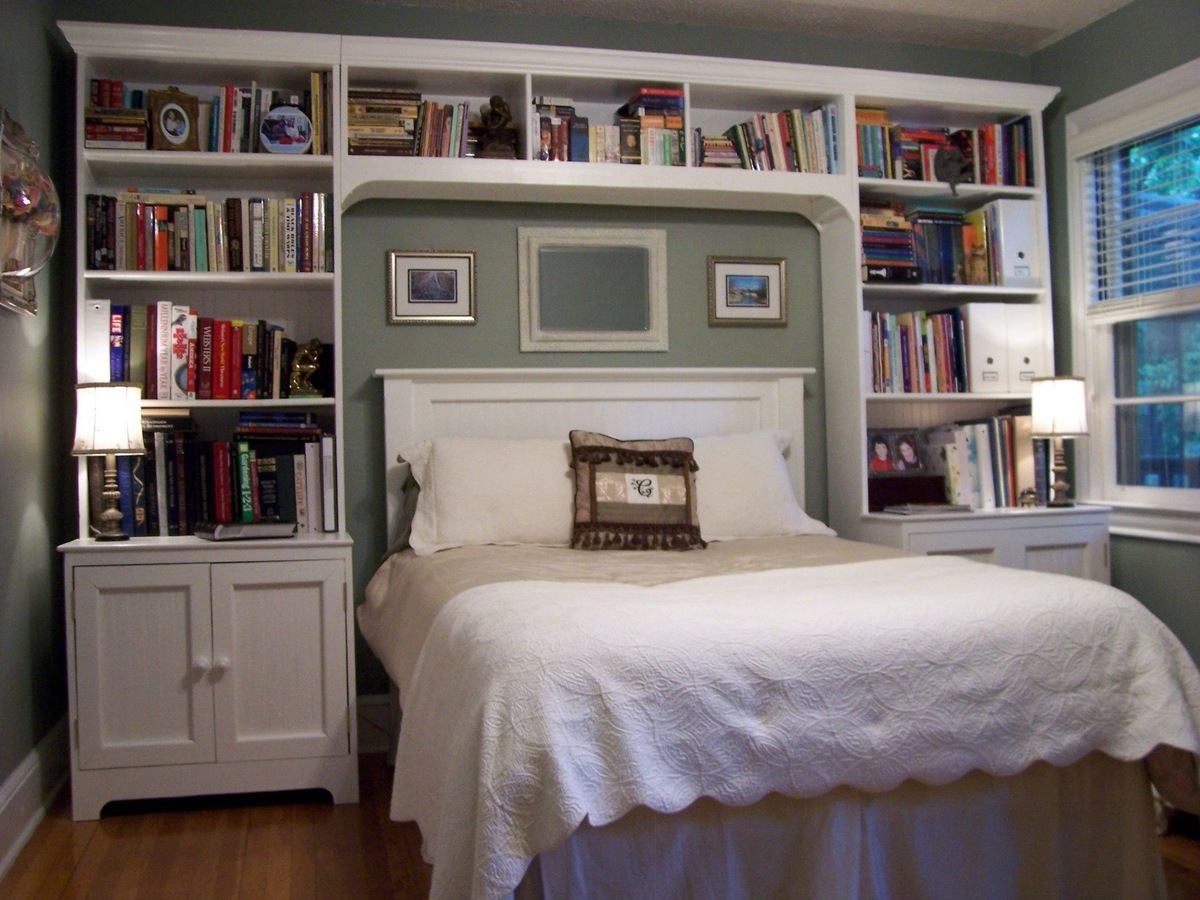
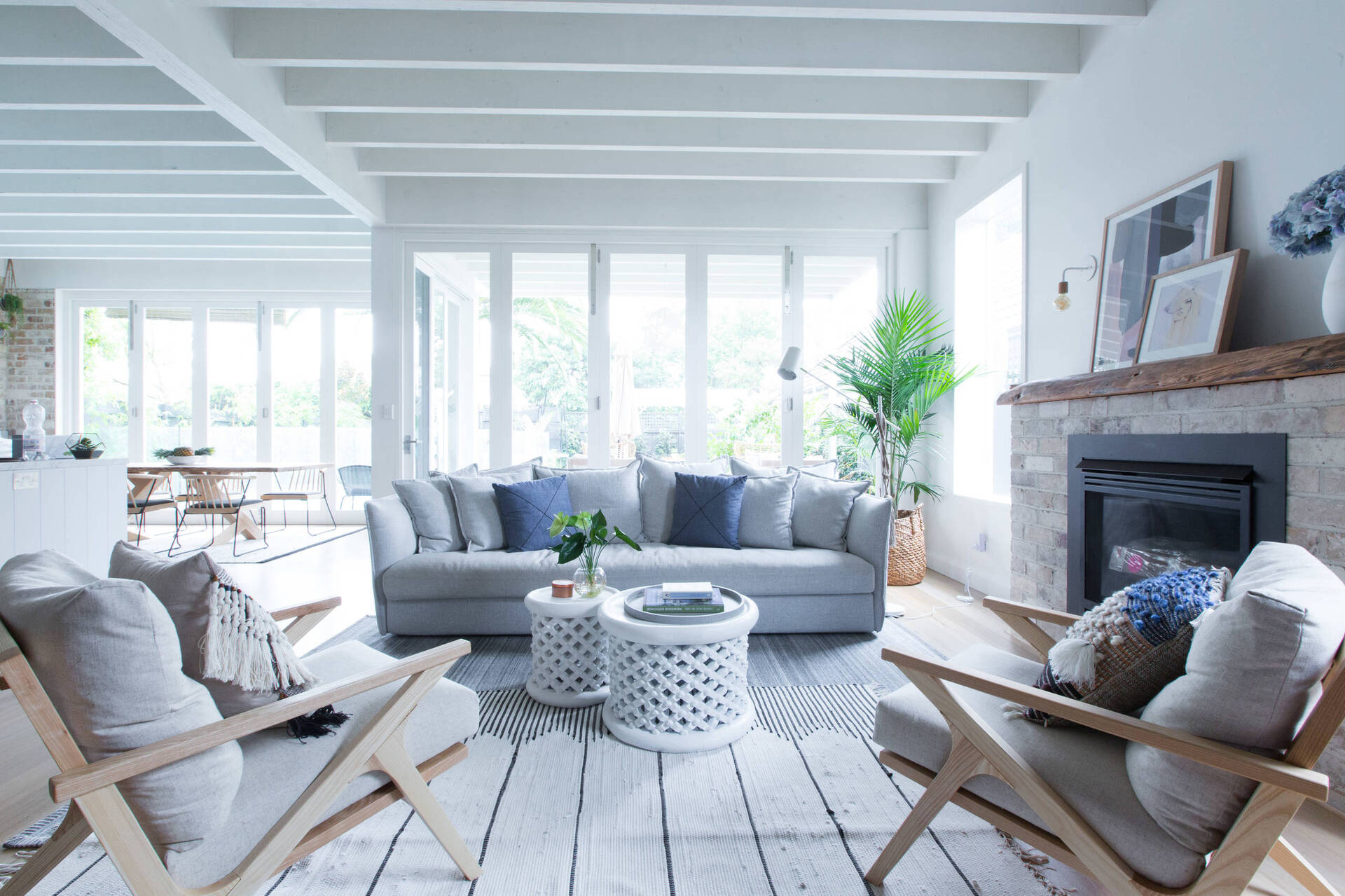
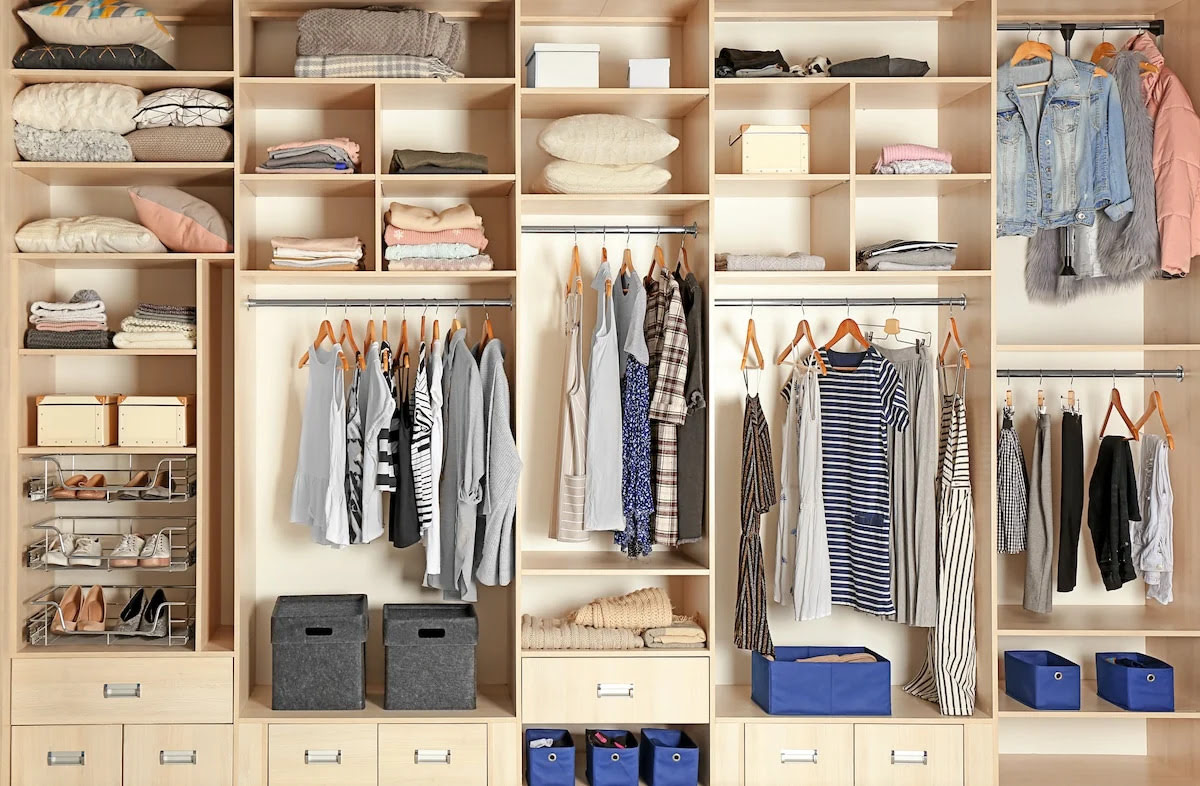
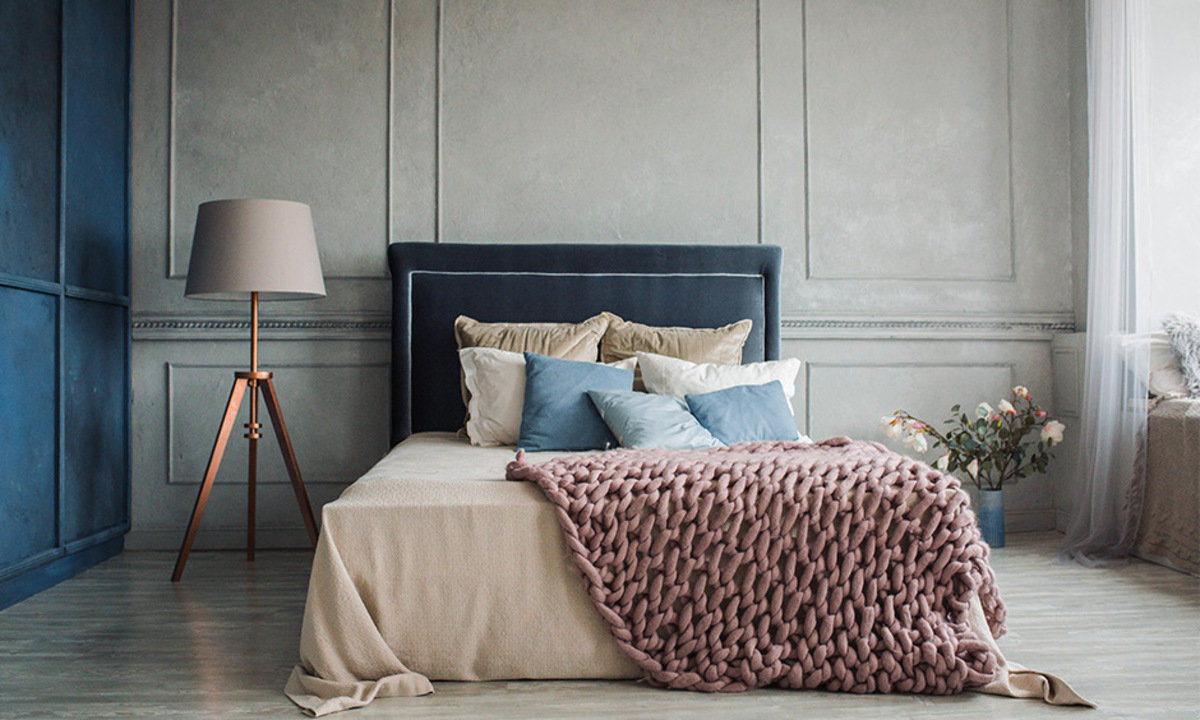
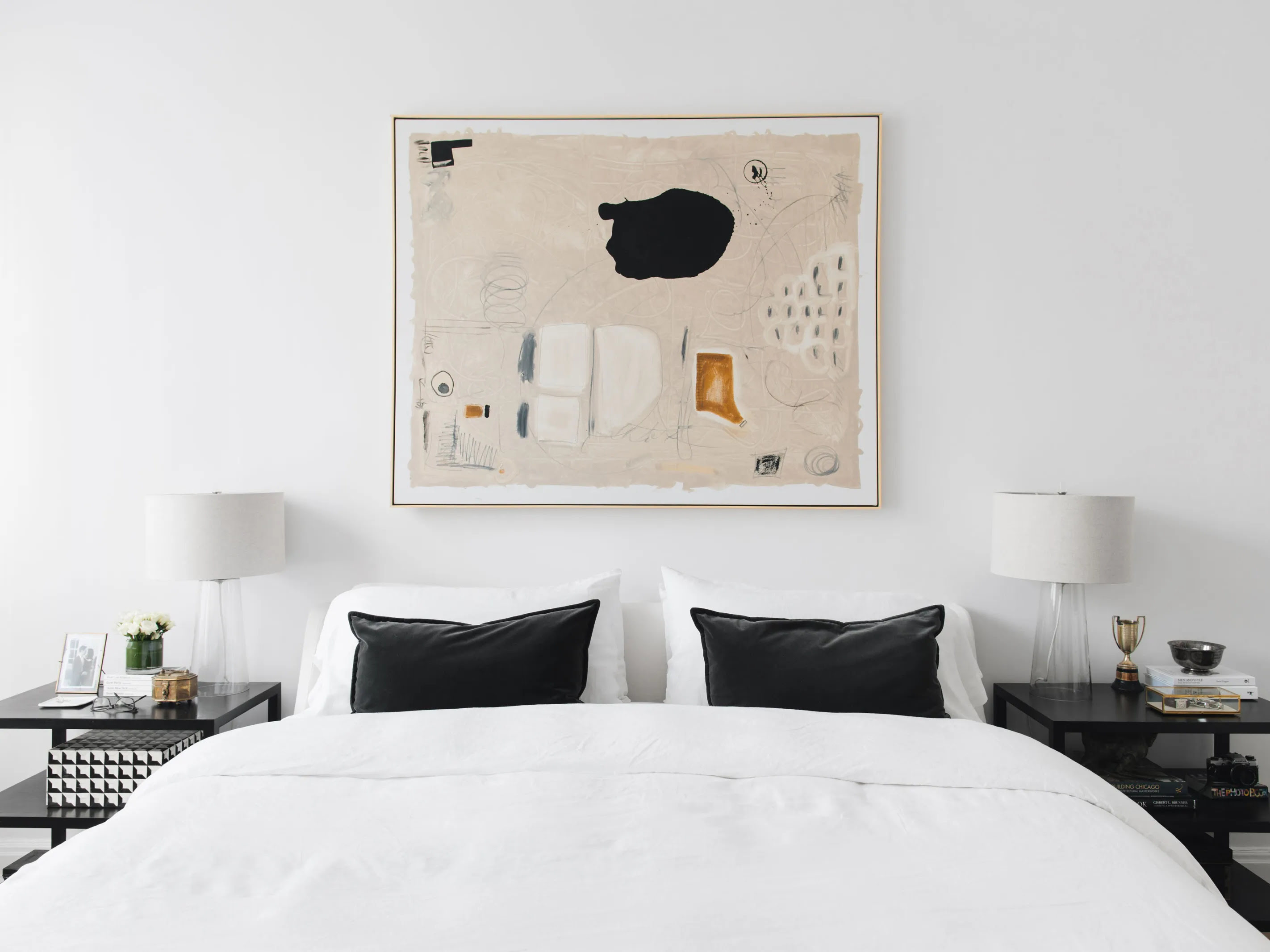
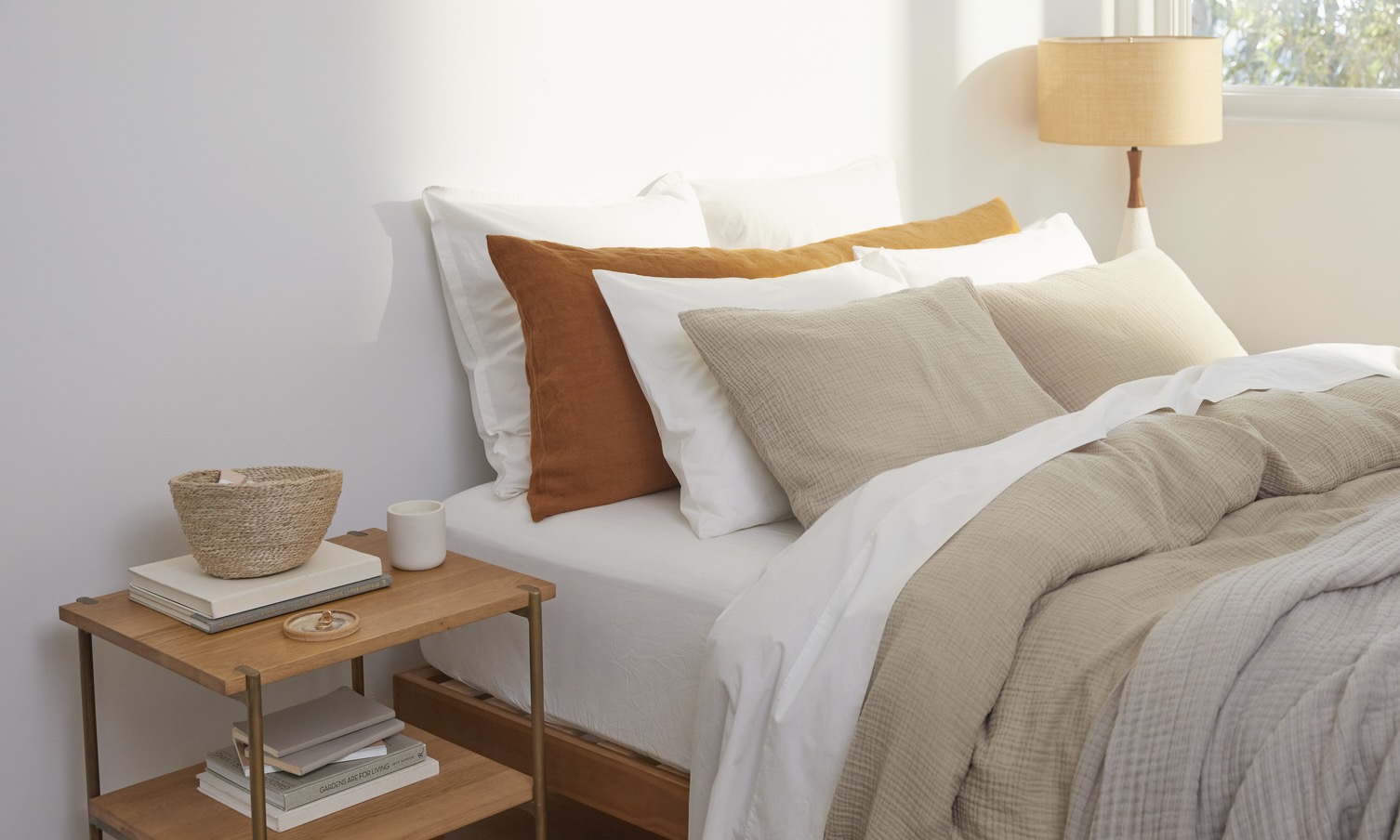

0 thoughts on “Bedroom Decluttering Rules: 9 Steps Professionals Swear By”